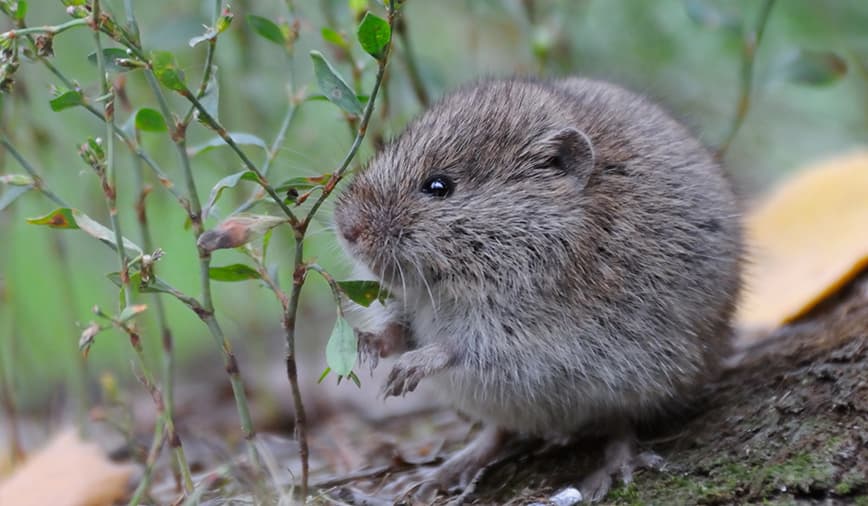
Voles are small, stocky rodents that often go unnoticed until they start causing problems in your yard or garden. While they may seem harmless, voles can pose certain risks to pets. This blog will explore what voles are, the potential dangers they present to pets, and what you should do if your pet catches one.
Understanding Voles and Their Impact on Pets
Voles are small rodents that resemble field mice. They have small, rounded ears often hidden by their fur, small eyes, and short tails. Their fur is generally thick and ranges from light brown to gray. Voles are known for creating extensive tunnel systems in yards and gardens, which can cause significant damage to vegetation. They primarily feed on plants, including stems, blades of grass, tubers, bulbs, and the bark and roots of trees.
Two common species of voles in North America are the prairie vole and the meadow vole. Despite their small size, voles can reproduce rapidly, with some species capable of having multiple litters per year. This rapid reproduction can lead to large vole populations in a short amount of time, exacerbating the damage they cause.
Are Voles Harmful to Pets?
Voles are generally not aggressive and are unlikely to physically harm pets like dogs and cats. However, they can pose a risk through the diseases and parasites they carry. Voles can transmit diseases such as tularemia, leptospirosis, and hantavirus. They may also host ticks that can spread Lyme disease and other tick-borne illnesses.
While the chances of pets contracting these diseases directly from voles are relatively low, it's still important to be cautious. If your pet interacts with or consumes a vole, monitor them for any unusual symptoms and consult a veterinarian if needed.
Visit our full page at mymolebusters.com or call us at 866.960.6653 Ext. 0 for more information!